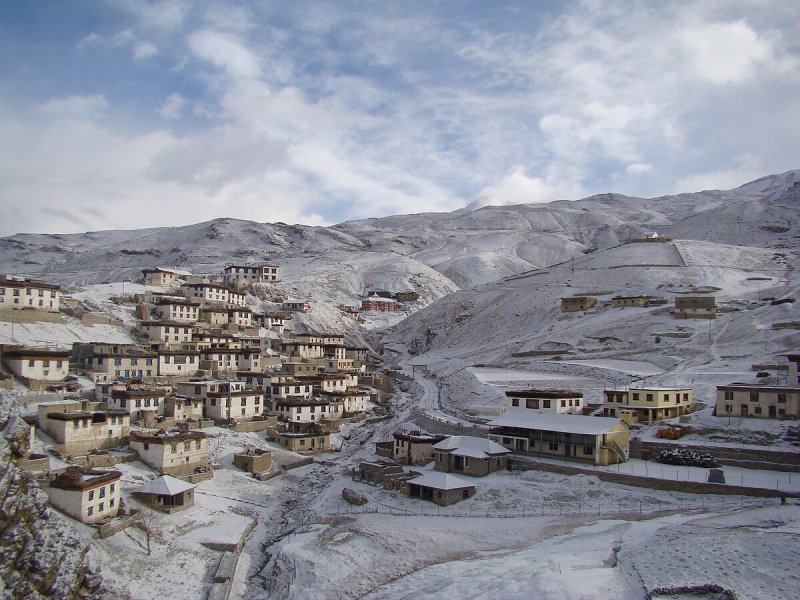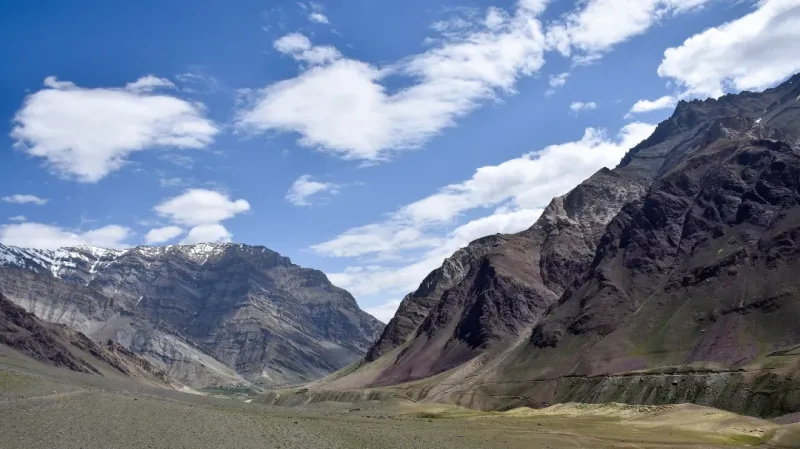
Spiti Valley Tour Guide | Best Time, Places & Travel Tips
Spiti Valley Tour Guide: A Complete Travel Guide for Your Himalayan Journey
Introduction
If you are dreaming of a high-altitude escape where the mountains whisper stories of centuries gone by, this Spiti Valley tour guide is just what you need. Nestled in Himachal Pradesh, Spiti is not just a destination—it’s an experience that blends rugged landscapes, ancient monasteries, unique culture, and raw Himalayan beauty. Whether you are planning a trip for adventure, spirituality, or photography, Spiti Valley will leave you spellbound at every turn.
In this detailed Spiti Valley tour guide, we will explore the best time to visit Spiti Valley, how to reach, the top places to visit, things to do, where to stay, what to eat, and hidden gems you should not miss. Think of it as your personal travel companion, guiding you with insights that only come from real experiences.
Why Visit Spiti Valley?
Spiti, meaning “The Middle Land,” sits between India and Tibet, making it a cultural crossroads. It’s one of the least populated regions in India, yet it offers some of the richest travel experiences. The valley is often compared to Ladakh but is less crowded, more raw, and spiritually alive.
Travelers visit Spiti for many reasons—some come for the snow-covered peaks, some for the serenity of monasteries like Key and Tabo, while others are drawn to adventure activities such as trekking, river rafting, or exploring remote villages like Kibber and Langza. Unlike popular hill stations, Spiti demands patience and respect from its visitors. The cold desert landscapes may look harsh, but they offer unmatched peace and clarity of mind.
How to Reach Spiti Valley
Reaching Spiti is an adventure in itself. You have two main routes:
-
From Shimla via Kinnaur: This is the longer but safer route. The roads are open almost throughout the year and pass through lush valleys of Kinnaur before opening into the stark desert of Spiti.
-
From Manali via Rohtang and Kunzum Pass: This route is shorter but only open from late May to mid-October, depending on snow conditions. The drive takes you across some of the most breathtaking high passes in Himachal Pradesh Spiti Valley.
If you are wondering how to go Spiti Valley by car, keep in mind that the terrain demands strong driving skills. Many travelers prefer hiring local drivers who know the tricky mountain roads. Public transport is available, but buses are infrequent. Shared taxis are common among budget travelers.
Best Time to Visit Spiti Valley
One of the most common questions is: What is the best time to visit Spiti Valley? The answer depends on the kind of experience you want.
-
Summer (May to October): This is considered the best time to visit Spiti Valley. The roads from both Manali and Shimla are usually open, the weather is pleasant, and most villages are accessible. This is also the best season to visit Spiti Valley by car as the high passes are clear.
-
Winter (November to March): If you are looking for snow, this is the best time to visit Spiti Valley for snow. However, the valley is largely cut off during peak winter, with temperatures dipping below -20°C. Only the Shimla side remains accessible, and staying here requires preparation and resilience.
-
Monsoon (July–August): Technically, Spiti is a rain-shadow region, but the approach roads (especially via Kinnaur) may face landslides. If you want fewer tourists and dramatic landscapes, you can still consider this season carefully.
For those looking at specific months, the best month to visit Spiti Valley is June or September—when the weather is balanced, and the landscapes are most stunning.
Top Places to Visit in Spiti Valley
Spiti is dotted with monasteries, villages, lakes, and passes that make it a traveler’s paradise. Some of the best places to visit in Spiti Valley include:
-
Key Monastery: The largest monastery in Spiti, famous for its murals, libraries, and spiritual aura.
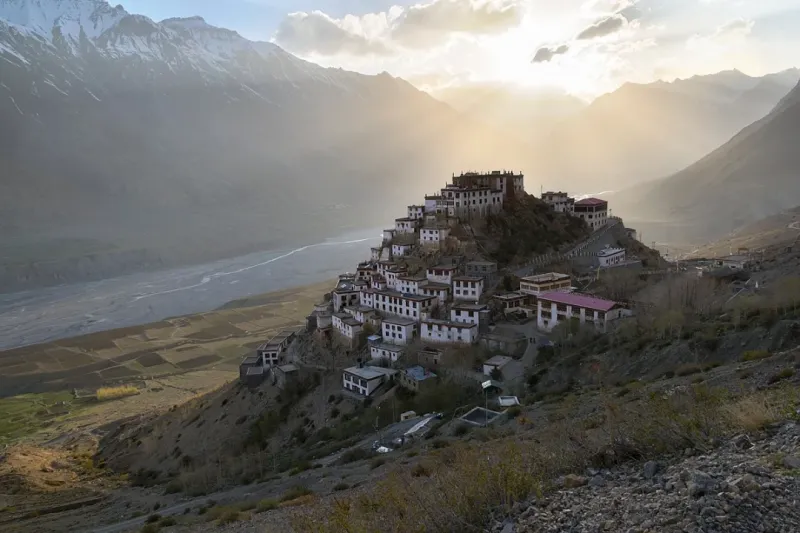
-
Tabo Monastery: Known as the Ajanta of the Himalayas, it dates back over 1000 years and is a UNESCO heritage candidate.
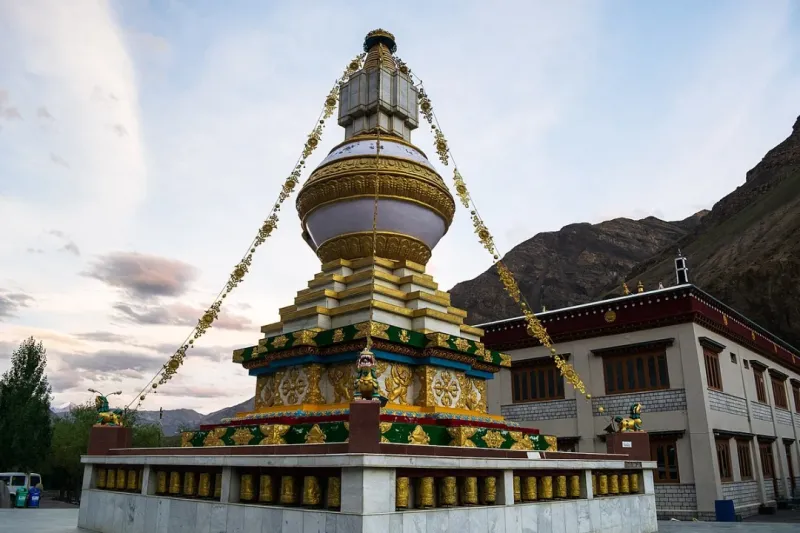
-
Kaza: The main town and hub for Spiti Valley tourism, where you’ll find homestays, markets, and local cafes.
-
Kibber Village: One of the highest motorable villages in the world, also a base for spotting snow leopards.
-
Langza Village: Known for its giant Buddha statue and ancient fossils, Langza feels like stepping into another world.
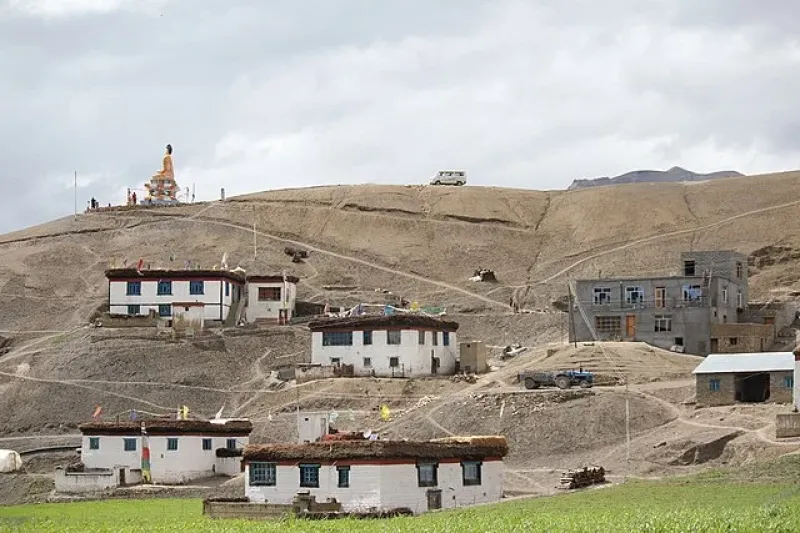
-
Chandratal Lake: Also called the Moon Lake, it’s a turquoise gem surrounded by mountains, best visited in summer.
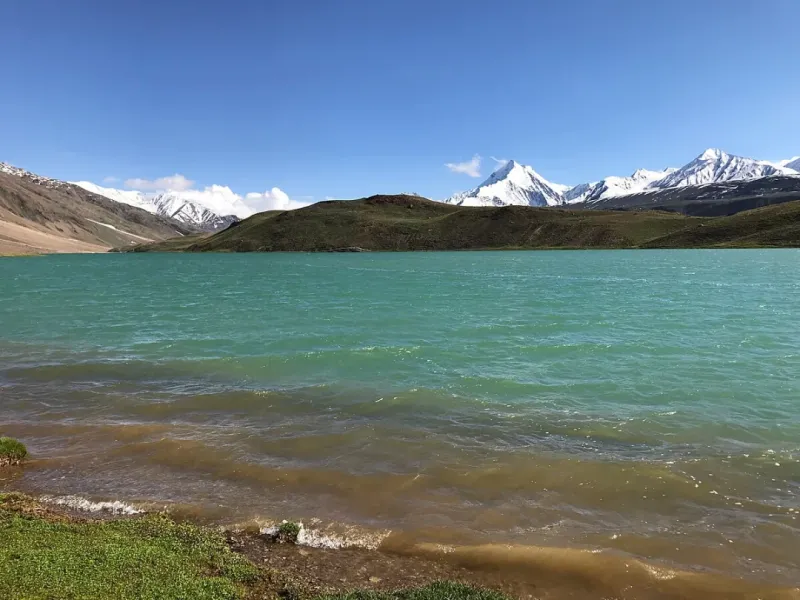
-
Dhankar Monastery & Lake: Perched precariously on a cliff, Dhankar offers panoramic views of the valley.
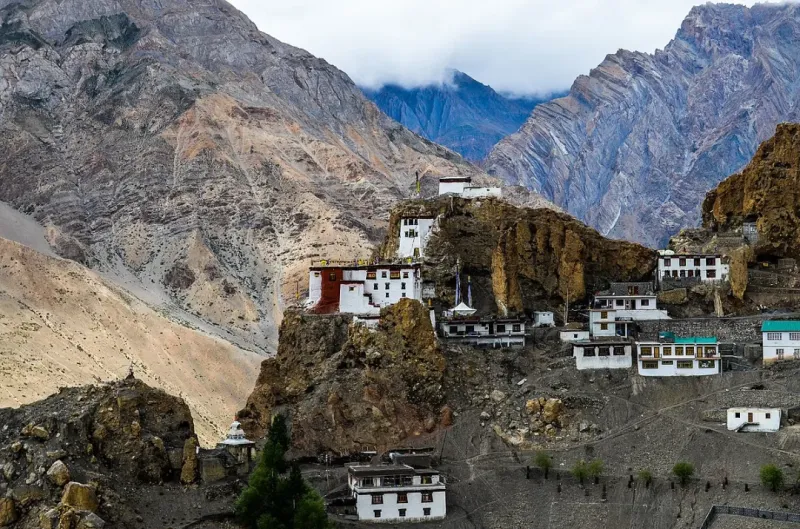
Each of these Spiti Valley places to visit carries a story, whether it’s of faith, resilience, or sheer natural wonder.
Things to Do in Spiti Valley
The valley is not just about sightseeing—it’s about experiences. Here are some of the best things to do in Spiti Valley:
-
Trekking to hidden trails like Dhankar Lake or Pin Valley.
-
Stargazing in villages like Langza and Kibber, where the night sky feels endless.
-
Attending local festivals that showcase Himachali and Tibetan traditions.
-
Trying adventure sports like river rafting in the Spiti River.
-
Exploring fossil-hunting in Langza, where marine remains tell stories of ancient seas.
For those looking at unique experiences, spending a night in a monastery guesthouse or staying with a local family in a mud house is unforgettable.
Where to Stay in Spiti Valley
Accommodation in Spiti is simple but heartwarming. In towns like Kaza, you will find guesthouses and budget hotels. Villages such as Kibber, Tabo, and Langza mostly offer homestays where families welcome travelers into their homes. Staying in these homestays is not just about saving money—it’s about experiencing real Spitian hospitality. You may not find luxury resorts, but you will find warmth, stories, and genuine human connections.
Food in Spiti – What & Where to Eat
Spitian food reflects the harsh climate and Tibetan influence. Don’t miss momos, thukpa, and butter tea. In winter, locals rely on barley, yak meat, and preserved vegetables. Cafes in Kaza often serve a mix of Indian, Israeli, and Tibetan dishes. Eating in Spiti is about adapting to the local lifestyle—simple, nourishing, and perfect for the weather.
Nearby Excursions & Offbeat Trails
While the valley itself is enchanting, there are also places near Spiti Valley worth exploring. Pin Valley National Park is famous for snow leopards and medicinal plants. The high passes of Kunzum and Rohtang connect you to Lahaul, another magical region. For offbeat travelers, Mud Village in Pin Valley or Hikkim (home to the world’s highest post office) is a must.
Travel Tips for Spiti Valley
-
Carry warm clothes at all times, even in summer.
-
Acclimatise properly to avoid altitude sickness.
-
Carry cash, as ATMs are limited and may not always work.
-
Respect local culture and monasteries—dress modestly and ask before taking photos.
-
Mobile connectivity is limited; BSNL works best in most areas.
Conclusion
Spiti Valley is more than a destination—it’s a journey into a world that feels timeless. This Spiti Valley travel guide has hopefully given you an idea of what to expect, but nothing prepares you for the feeling of being surrounded by such untouched beauty. From monasteries that echo with chants to villages that survive against all odds, Spiti is a lesson in resilience, peace, and raw adventure.
If you’re planning your trip to Spiti Valley, take your time, travel responsibly, and let the valley change you, as it has changed countless travelers before.
